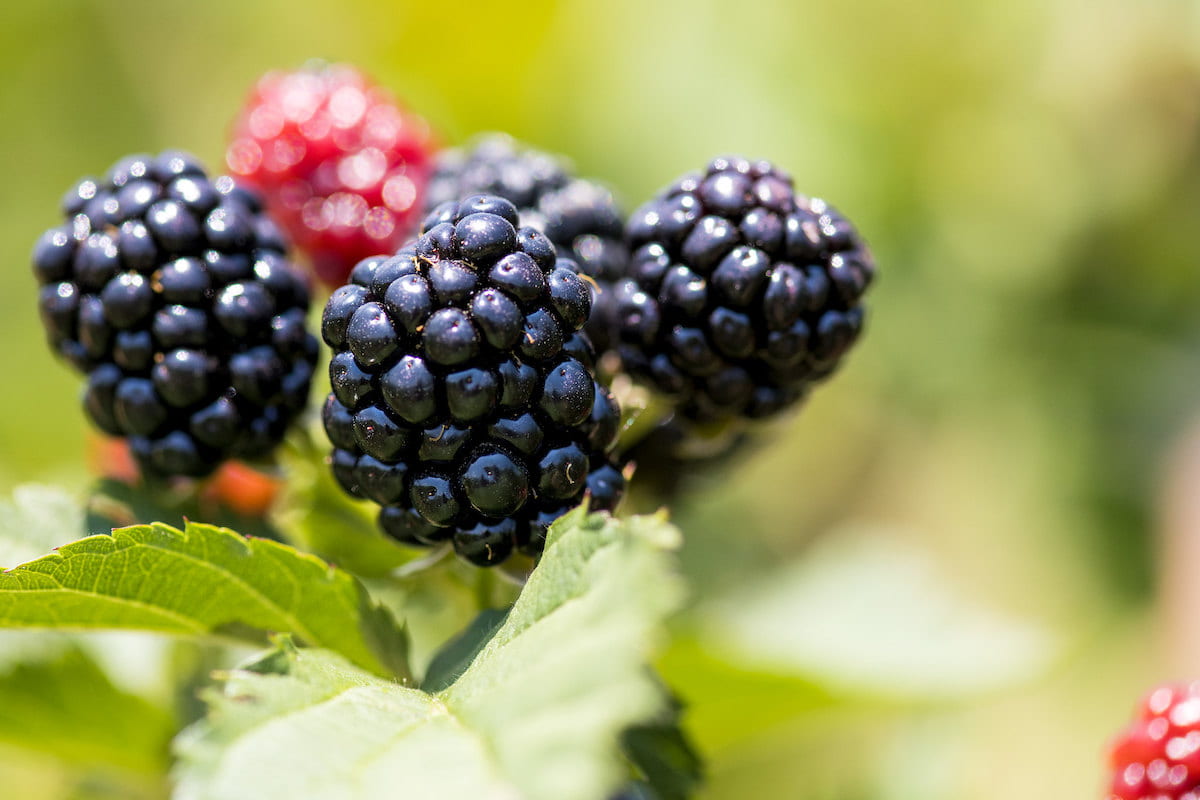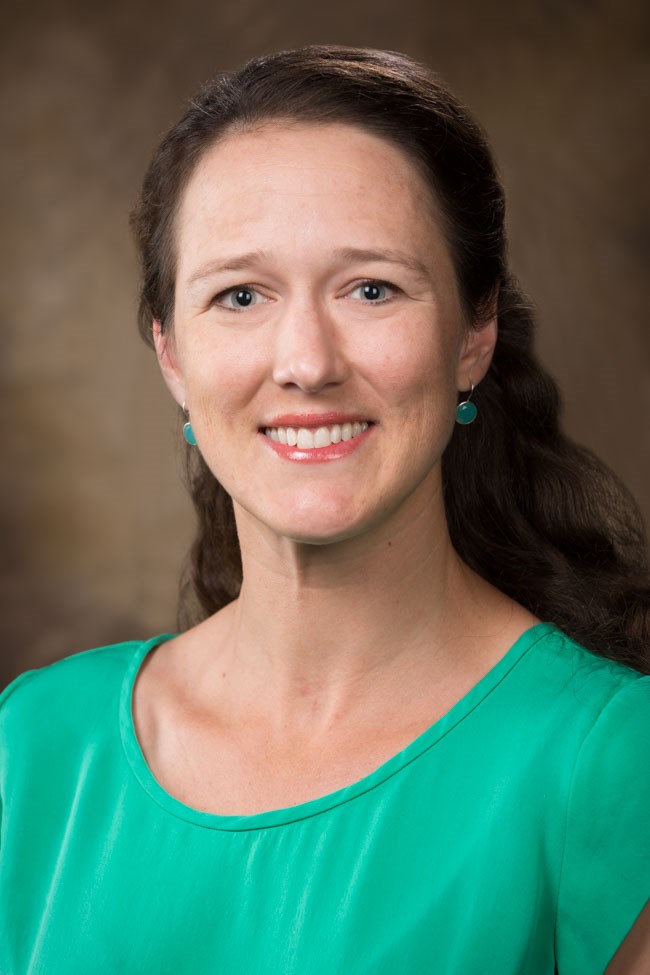First-Ever Blackberry Genome will Help Lead to Better Blackberries

Changing environmental conditions and consumer tastes drive a continuous need to develop new crop varieties that are hardier and taste better. Arkansas scientists led an international team of researchers to assemble the first complete sequence of the blackberry genome. While fieldwork will always be indispensable, this tool will help streamline blackberry breeding in Arkansas and beyond, leading to better blackberries for growers and consumers.
The Problem
Blackberries are the fourth most economically significant berry in the world. And yet, very few genomic tools exist to aid blackberry breeders in their pursuit for better berries. As environmental conditions change and consumer demand increases, blackberry breeders will need every tool in the toolbox to develop and deliver new varieties of blackberries that meet the needs of the growers and end-users of this popular berry.
The Work
Margaret Worthington, associate professor and fruit breeder for the Arkansas Agricultural Experiment Station, led an international team of scientists to investigate blackberry genetics.
Together, they assembled the genome of Hillquist, a wild blackberry with a unique fruiting habit discovered in 1949 by H.L. Hillquist, a gardener in Ashland, Virginia. It is the only known source of primocane-fruiting genetics and is the parent of every primocane-fruiting variety developed by public and private breeding programs.
The group sequenced Hillquist and assembled the pieces into complete chromosomes. The scientists then examined the genome to build an accurate structural annotation, which identifies the precise location of every DNA sequence that comprises a gene. They also developed a function annotation — a description of the likely function of each gene based on the roles of similar genes in other plants that were used as models.
The Results
Using multiple advanced genetic tools, the team managed to sequence and annotate the first-ever blackberry genome with high accuracy. A research paper about the genome project, titled “A chromosome-length genome assembly and annotation of blackberry,” was published in the February 2023 issue of G3, a genetics research journal published by Oxford University Press.
The completed genome has already proven helpful in the Arkansas Agricultural Experiment Station’s breeding program, which is the largest public-sector breeding program for fresh-market blackberries in the United States. The blackberry assembly gave Worthington’s research group a starting point from which they could develop thousands of molecular markers and perform a genome-wide association study for the first time in blackberries.
A genome-wide association study is an observational analysis of the genetic variants in huge numbers of individuals of the same species. The aim is to identify genes that are statistically associated with specific traits. The resulting information has a wide range of applications, including estimating the heritability of desirable plant traits.
The Value
The Arkansas Agricultural Experiment Station is home to the largest public-sector breeding program for fresh-market blackberries in the United States. With the diagnostic genetic markers for primocane-fruiting that have already resulted from this work, Arkansas fruit breeders are moving to streamline and advance the blackberry breeding program. The assembled blackberry genome will serve as a critical tool to help improve efficiency in the blackberry breeding process, leading to better blackberries for growers and consumers alike.
Read the Research
A chromosome-length genome assembly and annotation of blackberry (Rubus argutus, cv. “Hillquist”)
G3 Genes|Genomes|Genetics
Volume 13, Issue 2, February 2023
doi.org/10.1093/g3journal/jkac289
Supported in part by
Hatch funding, USDA-NIFA grant no. 2018-06274, the Wellcome Sanger Institute 25 Genomes Project, Pairwise
About the Researcher
Read the Research
A chromosome-length genome assembly and annotation of blackberry (Rubus argutus, cv. “Hillquist”)
G3 Genes|Genomes|Genetics
Volume 13, Issue 2, February 2023
doi.org/10.1093/g3journal/jkac289
Supported in part by
Hatch funding, USDA-NIFA grant no. 2018-06274, the Wellcome Sanger Institute 25 Genomes Project, Pairwise

Margaret Worthington
Associate Professor of Horticulture and Fruit Breeder
Ph.D., Crop Science, North Carolina State University
M.S., Horticulture and Agronomy & International Agricultural Development, University of California, Davis
B.S. Environmental Sciences, Duke University
